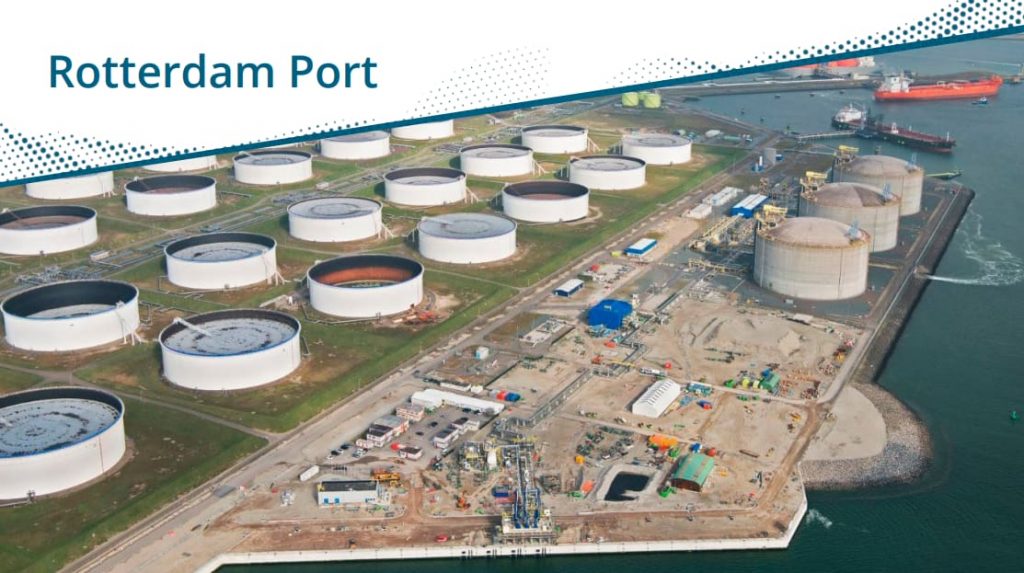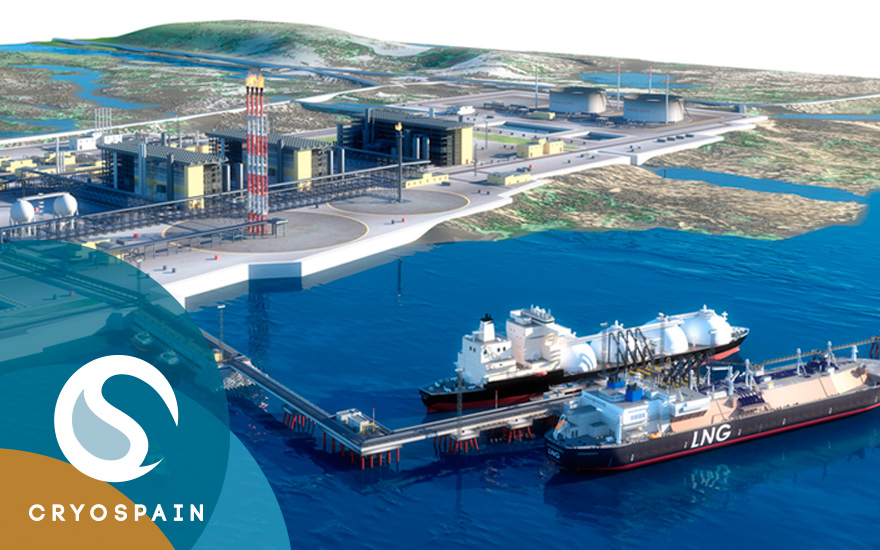Bunkering is a key element of the ship and maritime transportation industry and a factor that every company in the sector must take into account. Thus, choosing the right system for bunkering can materialize into a substantial change in terms of efficiency and sustainability.
Pipe in pipe systems provide an effective solution for bunkering cryogenic elements, such as LNG bunkering. We analyze bunkering in its current state and the benefits of choosing pipe in pipe solutions to bunker fuel.
What is bunkering?
Bunkering is the process of supplying fuel oil to ships and large vessels in port destinations in order to provide the energy for them to be able to operate.
A process established in ports worldwide, Singapore is the world’s top bunkering port, with sales of around 50 million tonnes in 2020, their biggest gain in four years despite the coronavirus crisis.
Standards regulating
There are two main international standards that regulate bunkering and that companies must take into account:
- ISO 20519, developed by the International Organization for Standarization, it aims to make bunkering processes safe and environmentally-friendly.
- IMO (International Maritime Organization) has also generated regulations around bunkering, including the mandate to limit sulfur to a 0,5% in every type of fuel oil that’s used from 2020.
Three forms of bunkering
With new sustainability criteria gaining traction across all levels of the industry and governments, LNG bunkering has become a viable and advantageous option as opposed to traditional fuel oil choices.
This type of bunkering includes all procedures that transfer Liquid Natural Gas to vessels. It can take three forms:
- Pipe-to-ship (PTS): a terminal situated on the dock stores LNG and keeps it ready for bunkering when it’s needed. Then, LNG is transferred to the vessel through a pipe and different other components.
- Ship-to-ship (STS): both vessels must be specifically designed to be able to fulfill bunkering.
- Truck-to-ship (TTS): a number of tanker trucks travel to the vessel’s location in order to fulfill LNG bunkering.
Keep reading: Pipe in pipe: the system that adapts to your changing needs
Bunkering applied to different gases
The bunkering sector is responsible for providing the maritime industry with the fuel oil that it necessitates and successfully and safely refueling ships.
A number of different fuel alternatives are available, including MFO (Marine fuel oil), MGO (Marine gas oil), MDO (Marine diesel oil), HFO (Heavy fuel oil) and IFO (Intermediate fuel oil).
Liquified Natural Gas (LNG) is lately gaining traction, seen as the greener alternative at a time when the maritime industry faces the challenge of decarbonization and moves towards alternative, more sustainable energy sources.

Pipe in pipe: the ideal system for bunkering plants
Simply put, a pipe in pipe system is one that presents two walls or barriers. These walls can be metallic, plastic or made of fibres. At the same time, the content between each barrier can also be varied, although it usually consists of insulating materials that provide extra protection.
The pipe in pipe system is a ideal for LNG bunkering, as it presents great cryogenic properties:
- Great insulation capabilities: because of their double wall system, pipe in pipe solutions present both great insulation and great resistance to high temperatures, protecting LNG during the bunkering process.
- Stability
- Powerful protection: the double coating generated by the outer pipe protects LNG against the complex external loads that can take place during bunkering.
Related content: Cryospain is proud to announce a new vacuum insulated piping (VIP) project for the transfer of LNG
Real bunkering projects carried out by Cryospain
Cryospain is in charge of commercializing pipe in pipe solutions for bunkering, including vacuum-insulated pipes for LNG and ventilated pipes for natural gas.
We’re specialized in pipe-to-ship bunkering projects, being in charge of designing appropriate systems: from tanks and storing facilities, to special docks for LNG (including hosepipes, connectors and the bunkering-specific loading systems).
This pipes usually present big diameters and lengths, which make every project a unique challenge in terms of design, engineering, logistics and installation.
At Cryospain, we’ve helped a number of global companies to successfully establish their own pipe in pipe cryogenic systems for bunkering, being in charge of the engineering, manufacturing and installation of internal pipes.
Additionally, we also provide solutions and intelligence to our clients. As such, we have a responsibility to help guide our partners through the transition to sustainable shipping and all associated challenges along the way. Implementing a comprehensive bunker procurement strategy to manage risks is crucial as we continue to endure price volatility in the immediate and long term.
This was the case with two of our latest installations:
- We worked with a shipyard overhauling its engine system to run on liquified natural gas, in order to comply with the IMO 2020 Sulphur Regulation.
- Additionally, Cryospain and IDESA are working together on vacuum insulated LNG tanks in order to generate a modern and efficient bunkering project. This time, the project consists of a collaboration and merging of expertise: Cryospain brings its expertise in cryogenic designs, selection and installation of low transmission and high vacuum insulators; IDESA can draw on experience in mechanical design and heavy boiler equipment manufacture.

If you are interested in our bunkering projects, we recommend you to download this case study. The port of Rotterdam (The Netherlands) needed to be able to transport LNG within the new port terminal in order to be able to perform bunkering operations without regasification, all with very tight delivery times. Discover how we did it!
With these innovative projects and others in our portfolio, Cryospain confirms its role as an industry leader in cryogenic engineering that generates the right bunkering plans according to our clients’ needs, new regulations and sustainability factors.
Take a look at our pipe catalog and find out more about how we can help you:










 Contacte-nos
Contacte-nos